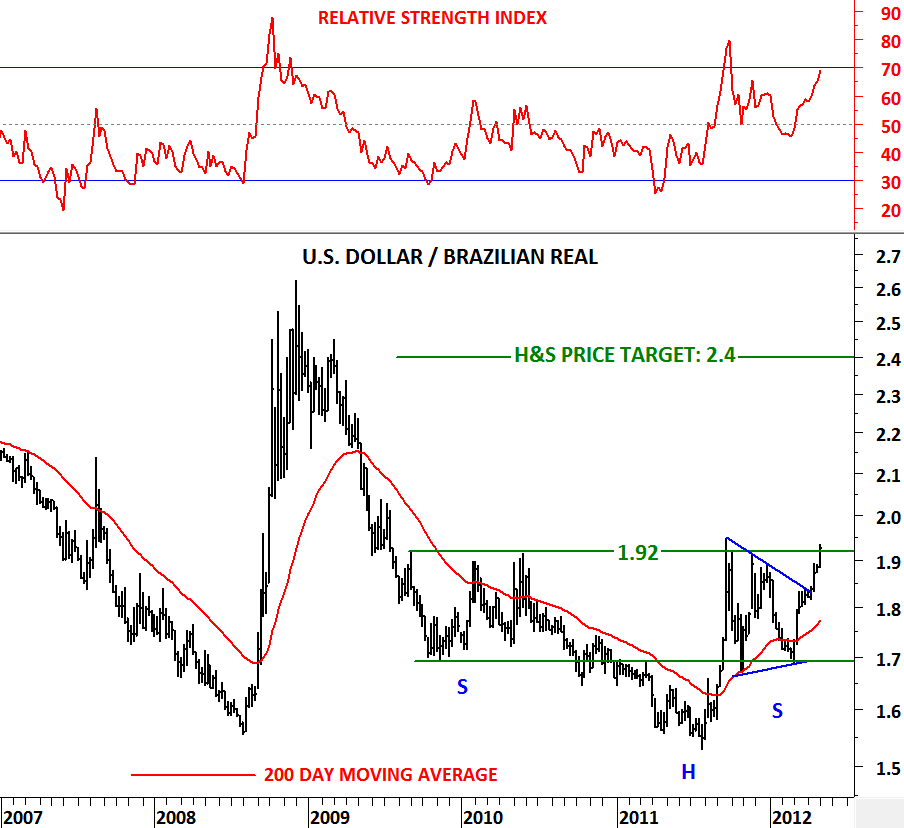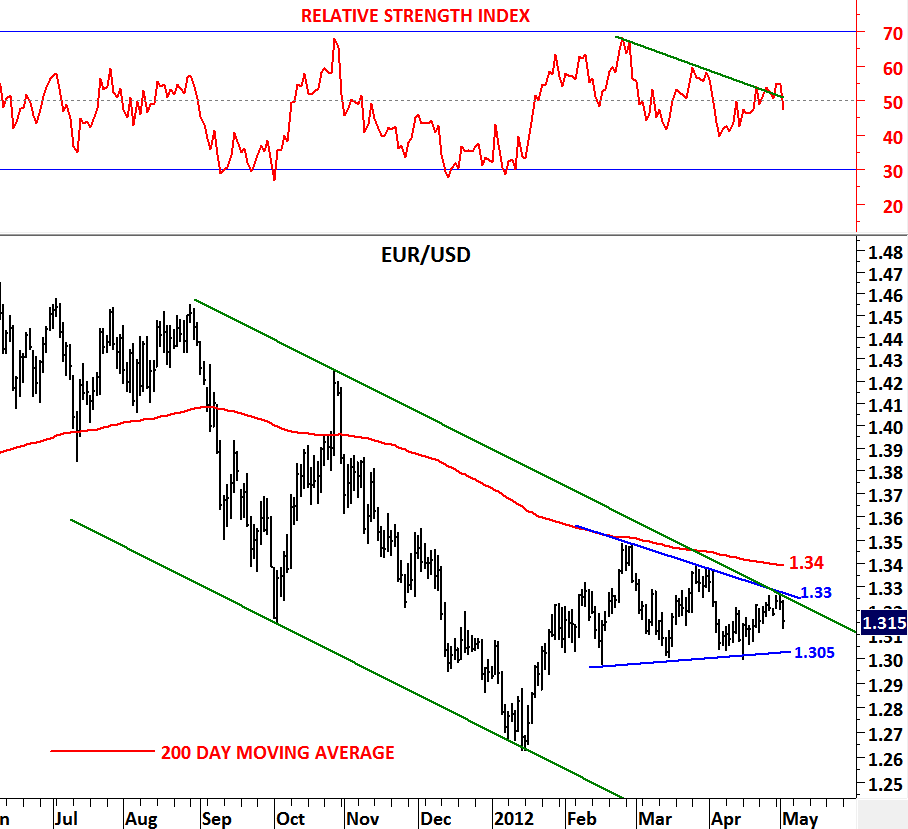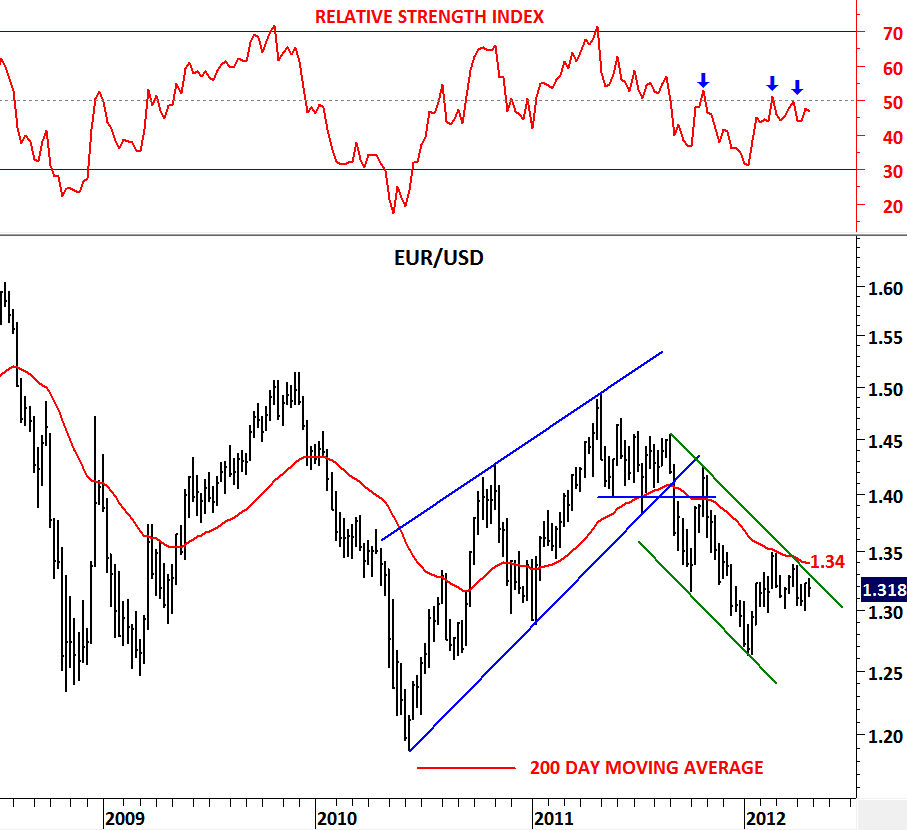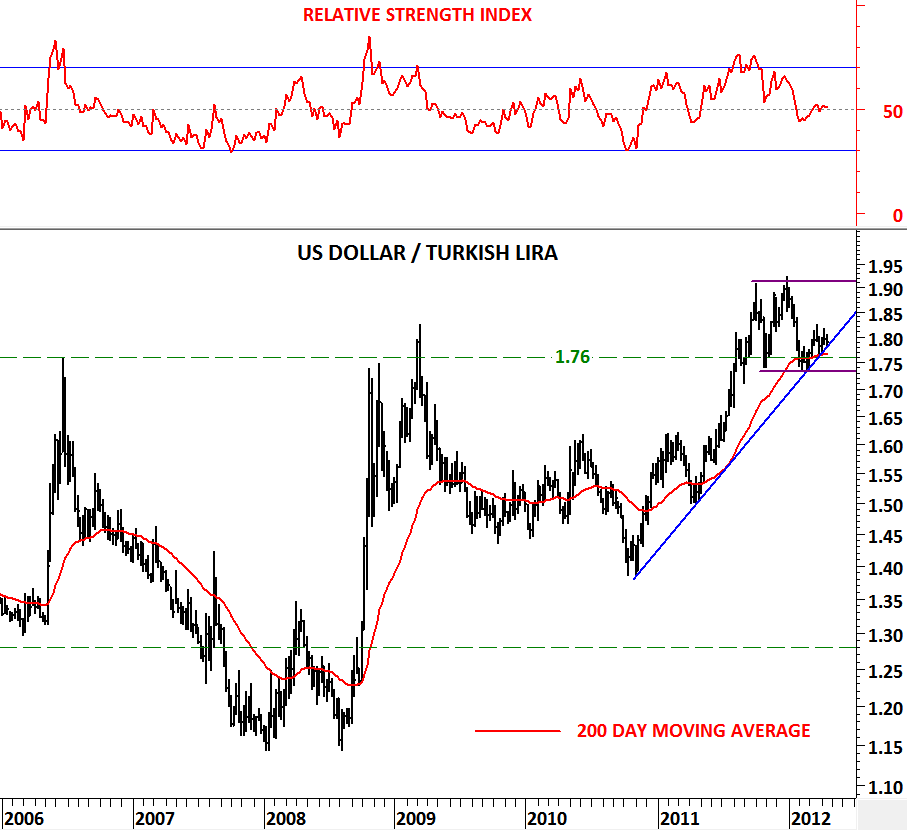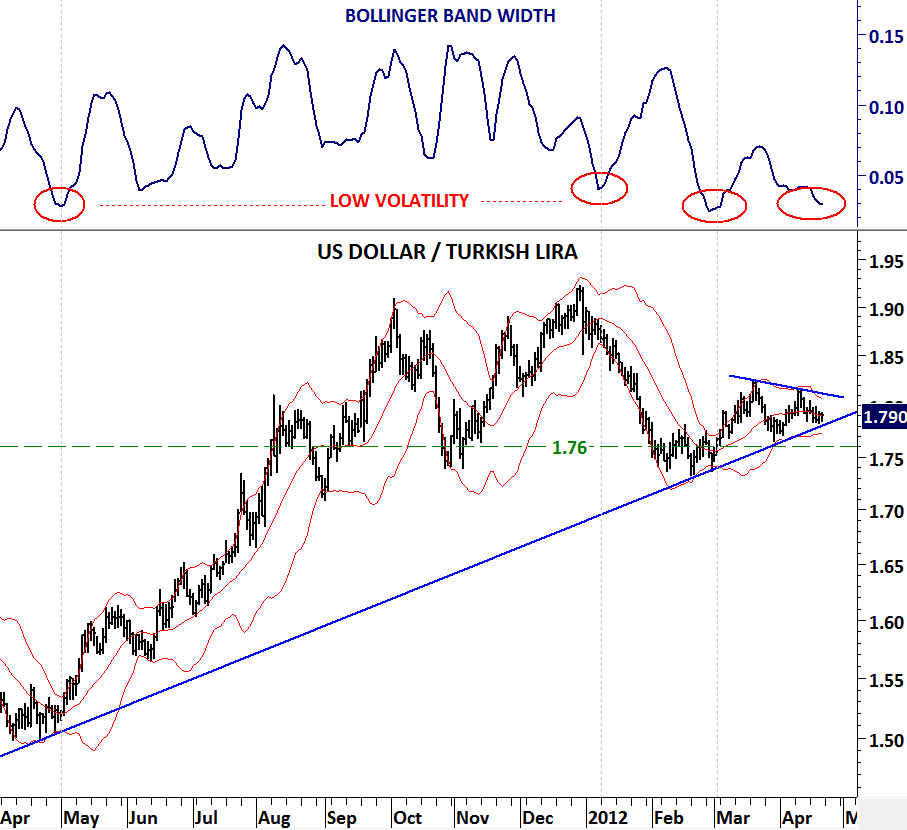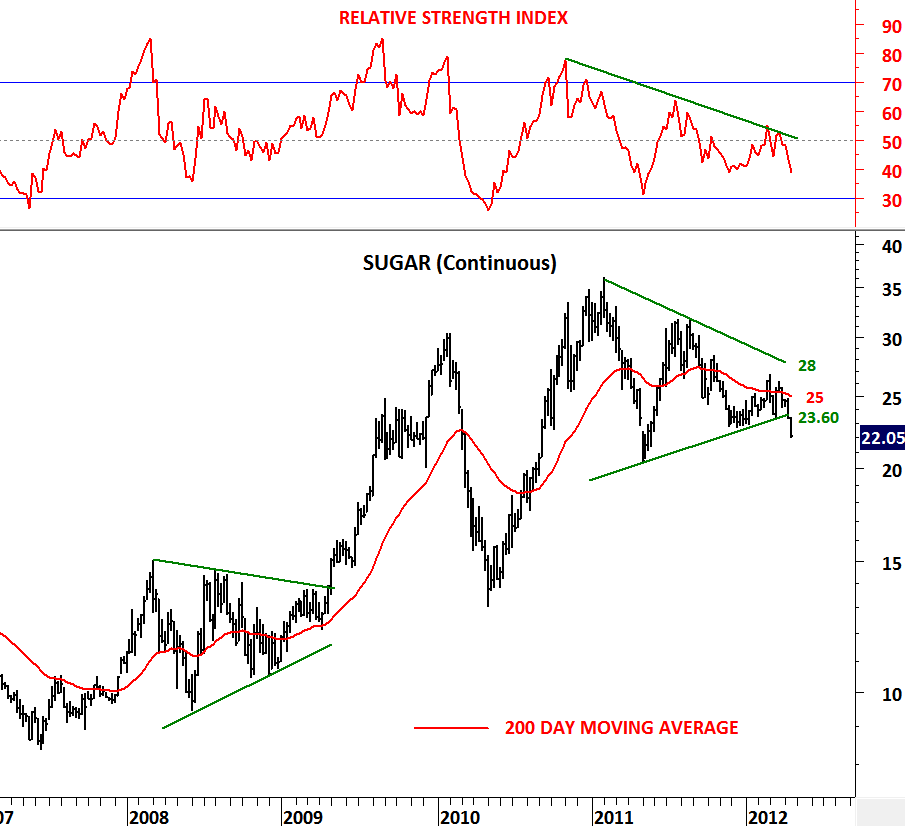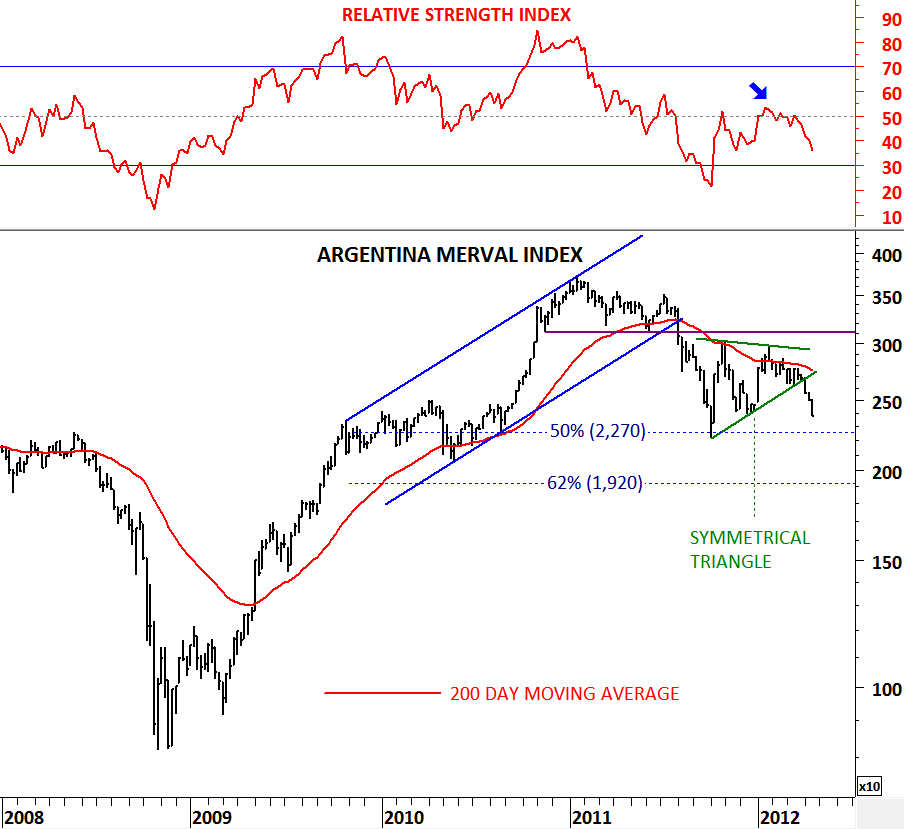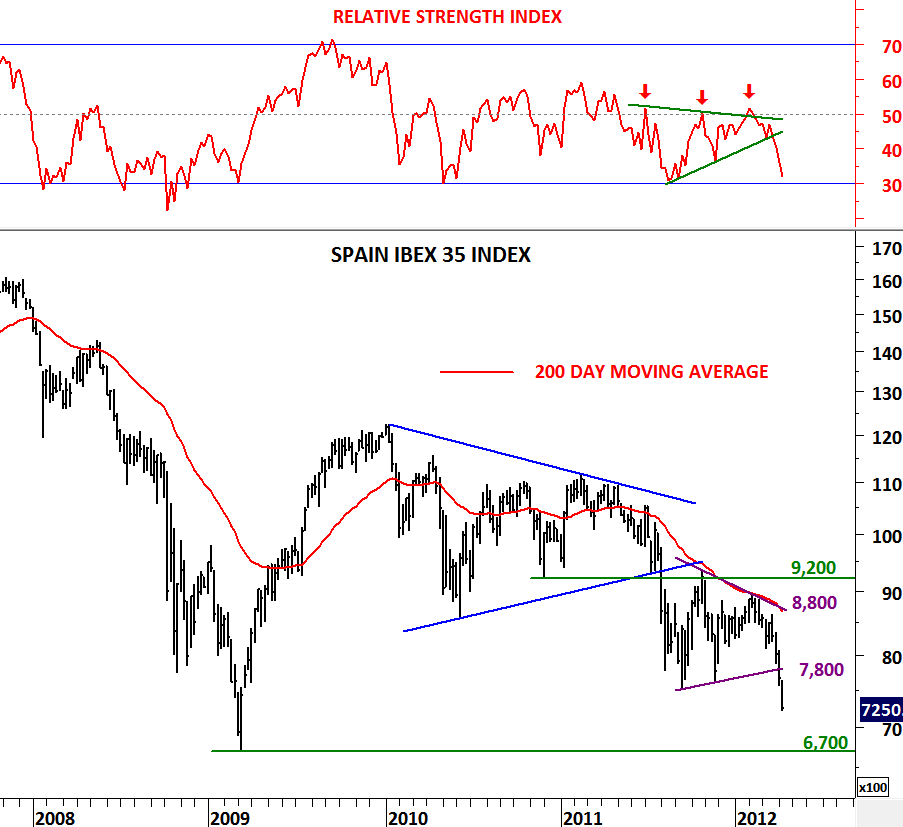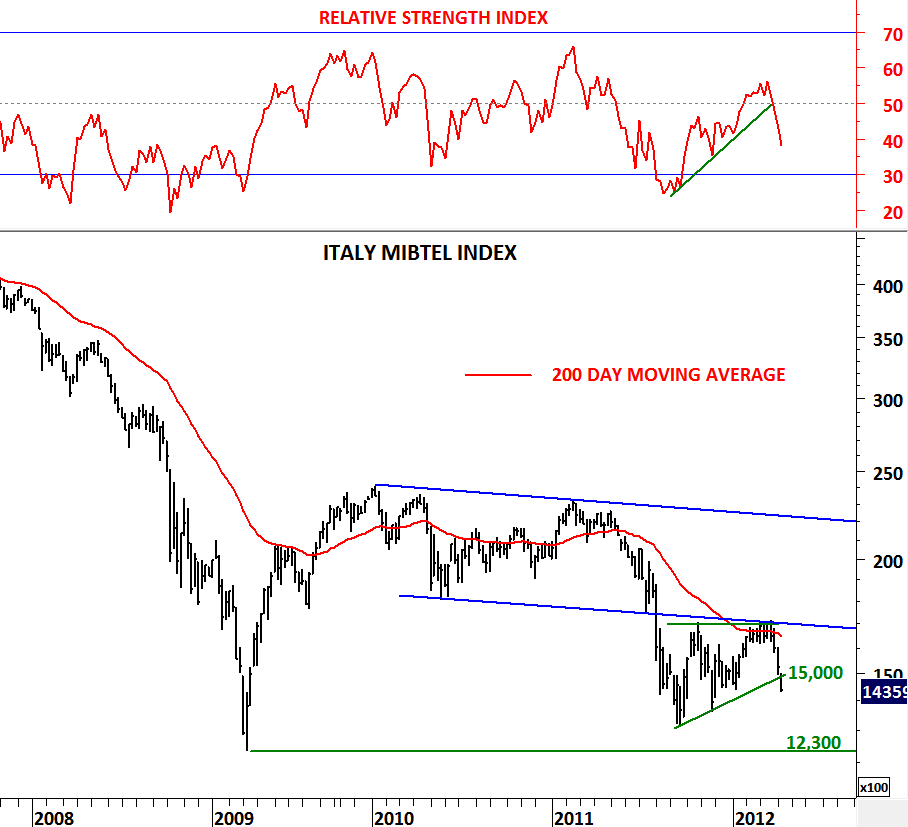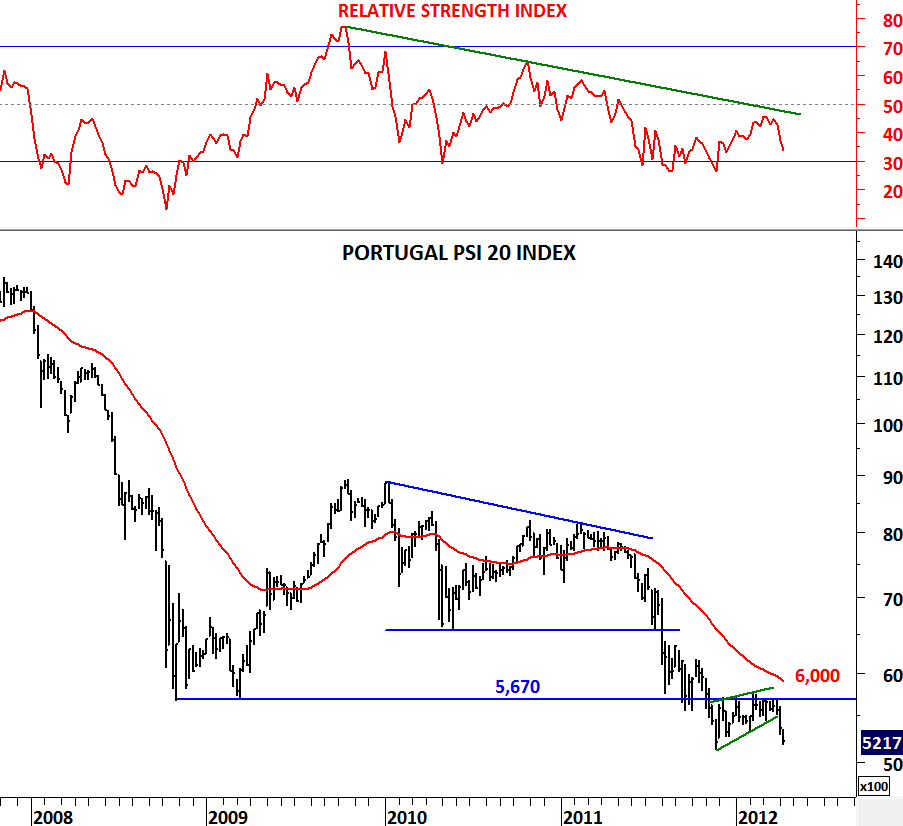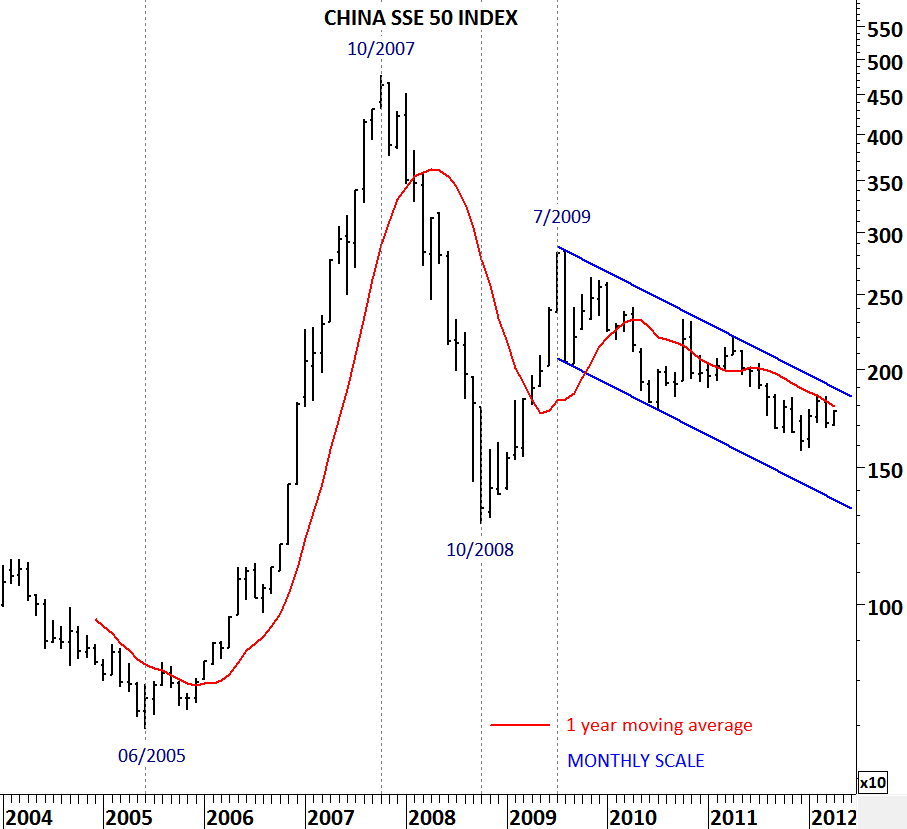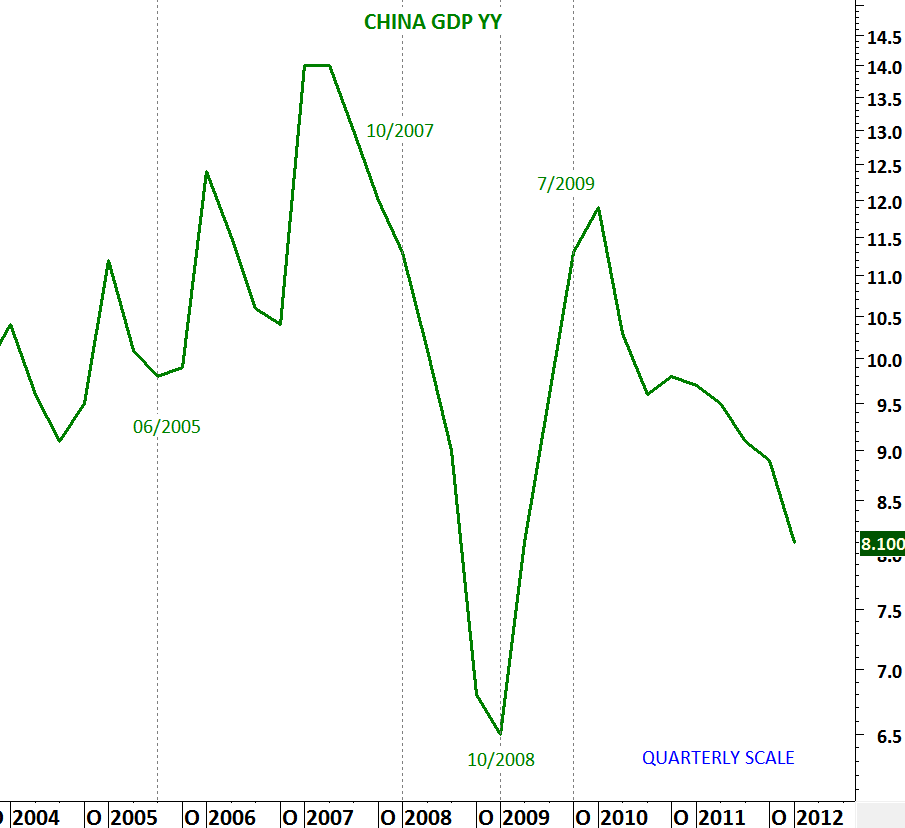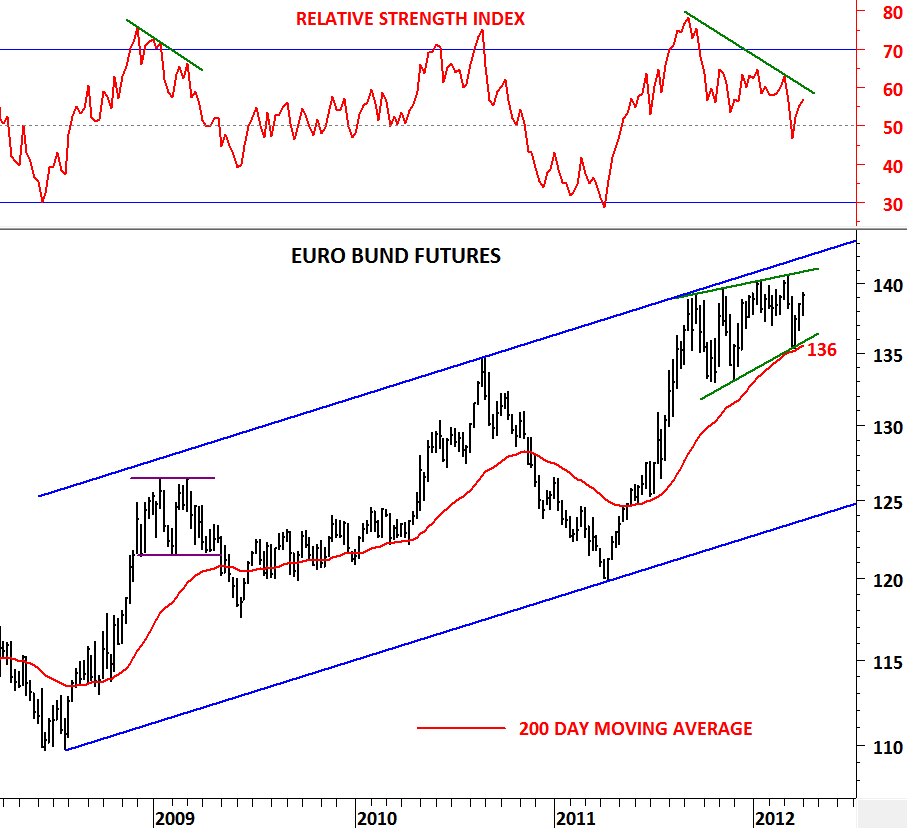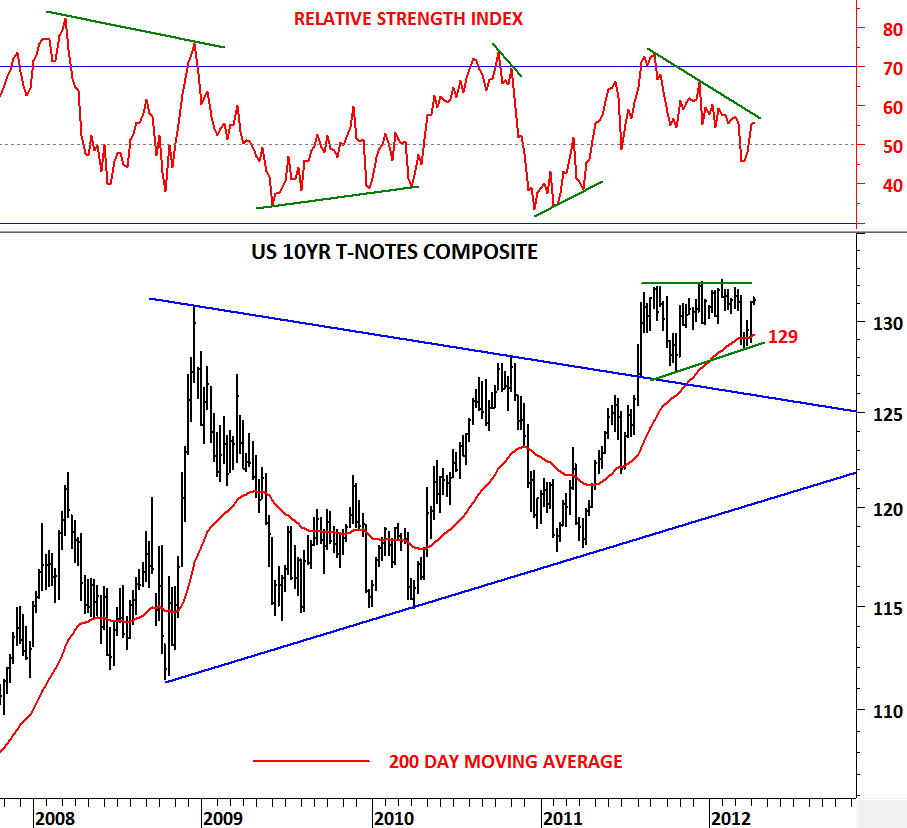USD/BRL (U.S. DOLLAR/BRAZILIAN REAL)
The longer it takes for a chart pattern to develop, the more significant it becomes. Breakout from a long-term base formation should be respected. U.S. dollar has been gaining strength against some of the emerging market currencies over the past one year. Though we haven’t experienced a major shift from emerging market currencies to U.S. dollar, reversal chart patterns spread over time and became more visible. One of those emerging market currencies that has been forming a possible long-term reversal chart pattern (inverted Head & Shoulders) is the Brazilian Real. USD/BRL has been bottoming between 1.5 and 1.9 over the past 3 years.
With the latest breakout from a sideways consolidation range at 1.84 levels, USD gained strength against BRL. Currency pair is now challenging the last important resistance before breaking higher. Watch this highly traded emerging market currency for a confirmation of the breakout above 1.92 levels. A decisive close above 1.92 levels will confirm the breakout from a 3 year-long base formation and will target 2.4 levels in the following months.

